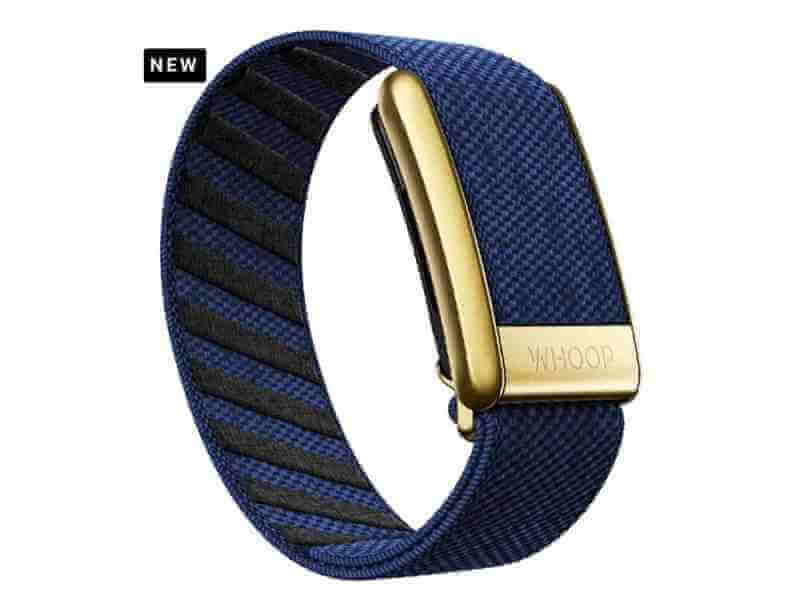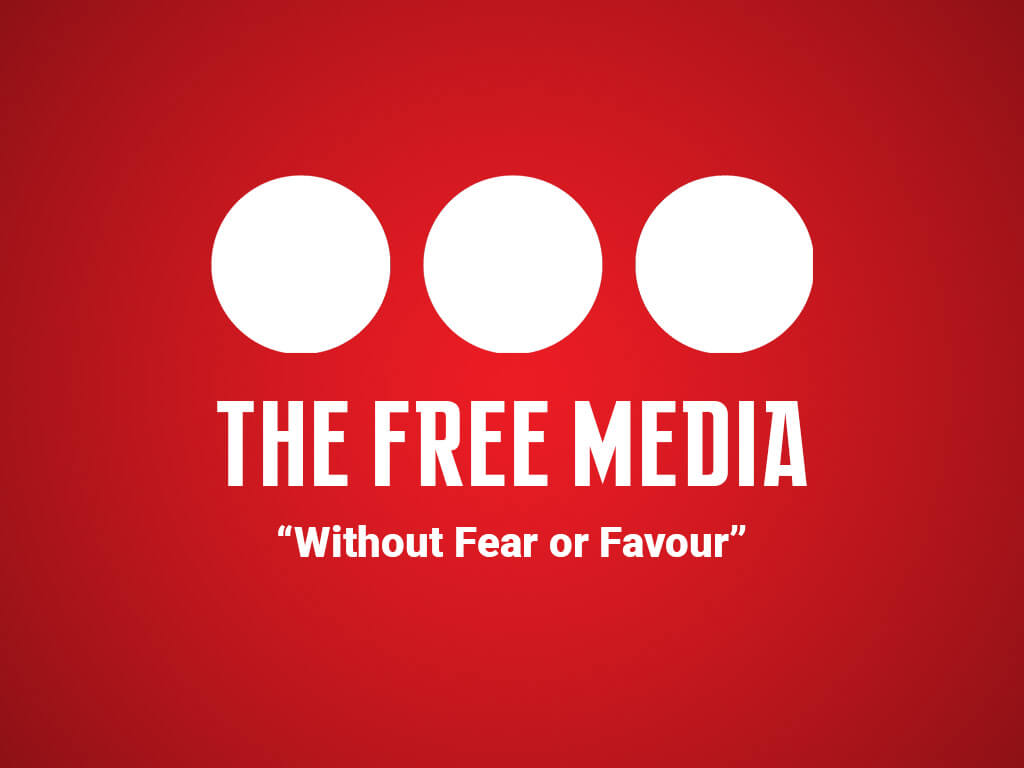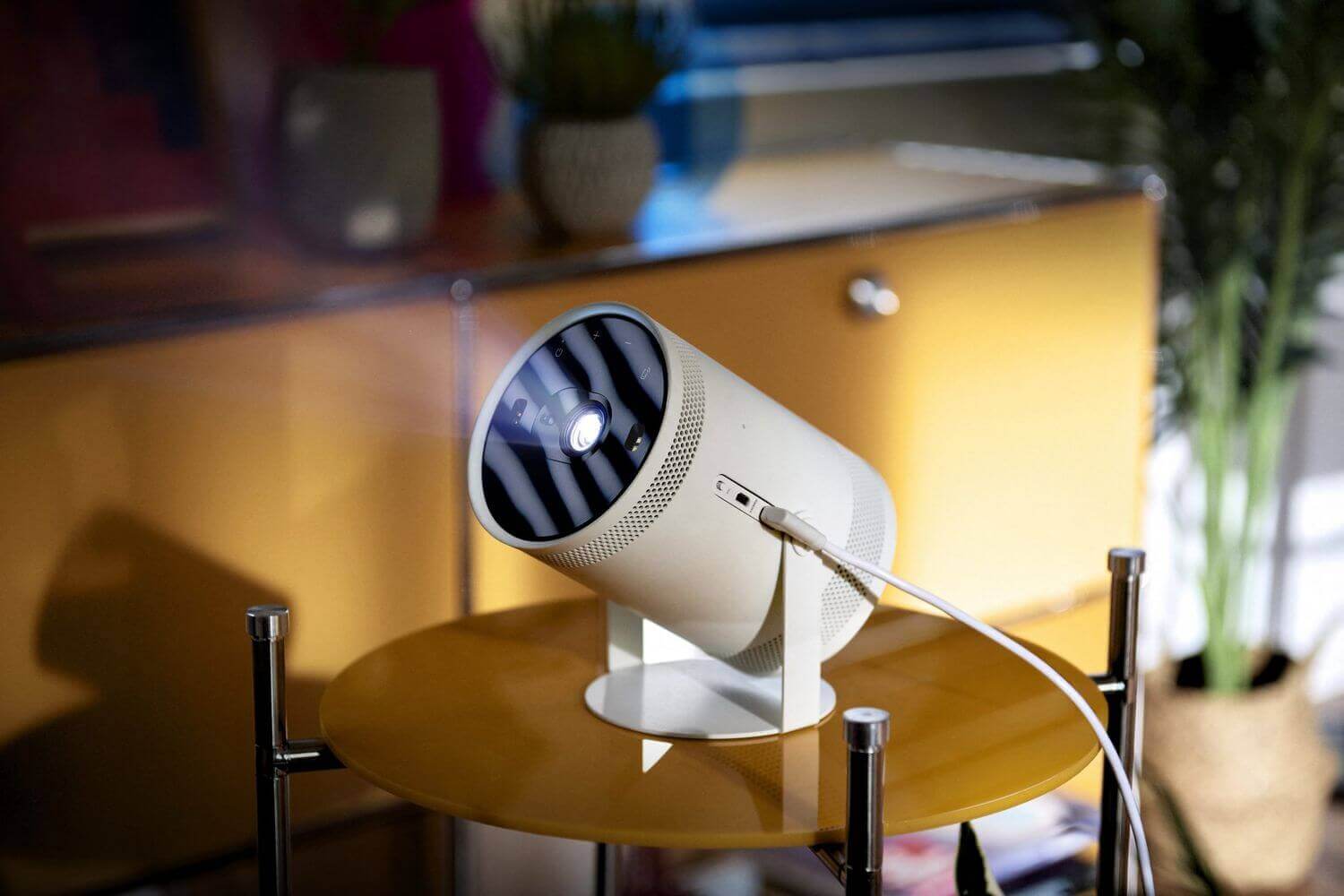As people across age groups become more aware about their health and fitness regime amid the pandemic, the wearable health band market is expanding and new brands are redefining fitness on the go.
US-based startup Whoop has now brought new wearables to track, record, and analyse one’s heart rate, heart rate variability (HRV), skin conductivity (touch), ambient temperature, and accelerometry (motion).
The device straps around one’s wrist, is water-proof, and perhaps best of all, when charged, it is always on and tracking constantly.

According to reports, Whoop has been worn by 20 Olympic athletes, among them including Michael Phelps and LeBron James. In addition, it is worn by collegiate teams, professional sports teams, and other organisations such as the Navy SEALS.
The Whoop is a unique wearable compared to other fitness trackers because you have to be a member to access the services. So one can’t make a one-time purchase to use it.
To become a member, one must pay $30 as monthly subscription fee, and you will get a band (the Whoop Strap 3.0) and the tracker at no extra cost.
The membership also includes access to the Whoop app that’s compatible with desktop, iOS, and Android.
In September 2021, it announced its latest device, Whoop 4.0, and a brand-new range of sports apparel, Whoop Body.
The latter comes with slots for users to insert their Whoop device, which the company says will help “wearables live up to their name.”
Similarly, Fitbit comes with a monthly subscription service that unlocks extra fitness features, classes and health insights for your wearable and its app. The most famous plan, the Fitbit Premium costs $9.99 per month, or $80 for a year.
Fitbit wearables also keep records of various activities like weight, sleep and nutrition and check progress in the app.
In addition, Garmin, another popular brand, also offers various subscription plans for fitness freaks. The freedom plan allows you to run your Garmin device at an annual fee of $34.95.














